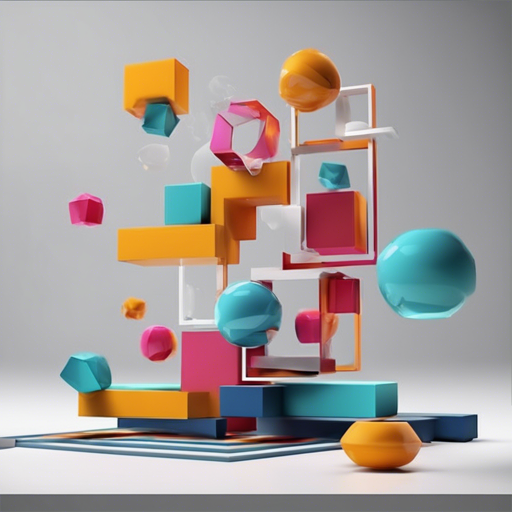Have you ever wanted your website elements to come alive with a captivating 3D effect when users hover their mouse over them? Look no further! jQuery Hover3d is the perfect tool for creating eye-catching 3D hover effects effortlessly. This article will walk you through the steps to implement it on your site, making even the dullest elements dance in three dimensions.
What is jQuery Hover3d?
jQuery Hover3d is a simple yet powerful script that utilizes CSS3 transforms to create stunning 3D hover effects. Originally crafted as an experiment in 2015, this tool allows for seamless interaction by transforming elements in 3D space. To see this in action, check out the 3D hover plane effect demo.
How to Use jQuery Hover3d
Getting started with jQuery Hover3d is straightforward. Follow the steps below to integrate it into your project.
Step 1: Include jQuery and Hover3d Script
Your HTML file must include jQuery and the jQuery Hover3d script. Here’s how to do it:
<html>
<script src="jquery.min.js"></script>
<script src="jquery.hover3d.min.js"></script>
</html>Step 2: Minimal HTML Markup
You will need only a minimal markup structure for the element that you want to transform into a 3D card:
<div class="project">
<div class="project__card">
<!-- Content element goes here -->
</div>
</div>Step 3: Add Your CSS
No special CSS file is necessary, you can write your own! The script will also create helper classes for hover effects, which you can customize:
.hover-in {
transition: .3s ease-out;
}
.hover-out {
transition: .3s ease-in;
}Step 4: Initialize jQuery Hover3d
Finally, to initialize the plugin, you will use the following JavaScript code:
$(.project).hover3d({
selector: .project__card
});Understanding the Code – An Analogy
Think of the jQuery Hover3d script as a magician performing tricks at a children’s party. The magician—jQuery—brings props (the elements on your webpage) into play. With the flick of a wand (the hover event), the props are transformed into 3D cards as they gracefully float and rotate in response to your movements. The CSS acts like the magician’s costume, making sure everything looks delightful and enchanting while handling the magical transitions smoothly.
Configuration Options
jQuery Hover3d is highly customizable, allowing you to configure various options:
- selector: The element that will be transformed into a 3D card.
- perspective: Affects how deep the 3D effect appears (default: 1000).
- sensitivity: Adjusts how responsive the effect is to mouse movements (default: 20).
- invert: Changes the default behavior of the element (default: false).
- shine: Adds a shining effect (default: false).
- hoverInClass: Customizes the hover in class (default: hover-in).
- hoverOutClass: Customizes the hover out class (default: hover-out).
- hoverClass: Class applied when hovering (default: hover-3d).
Troubleshooting
If you encounter issues while implementing jQuery Hover3d, consider the following troubleshooting tips:
- Make sure that both jQuery and jquery.hover3d.min.js are included in your HTML file and are loading properly.
- Ensure your HTML structure matches the expected markup.
- Verify that your CSS does not conflict with the hover classes generated by the plugin.
- Check for any JavaScript errors in the console that may be disrupting functionality.
- If you’re unsure about compatibility, visit caniuse.com to check for 3D transform support in your target browsers.
- For more insights, updates, or to collaborate on AI development projects, stay connected with fxis.ai.
Conclusion
With jQuery Hover3d, adding impressive 3D hover effects to your web projects has never been easier. Follow the steps in this guide, unleash your creativity, and watch your elements come to life in a mesmerizing way.
At fxis.ai, we believe that such advancements are crucial for the future of AI, as they enable more comprehensive and effective solutions. Our team is continually exploring new methodologies to push the envelope in artificial intelligence, ensuring that our clients benefit from the latest technological innovations.

